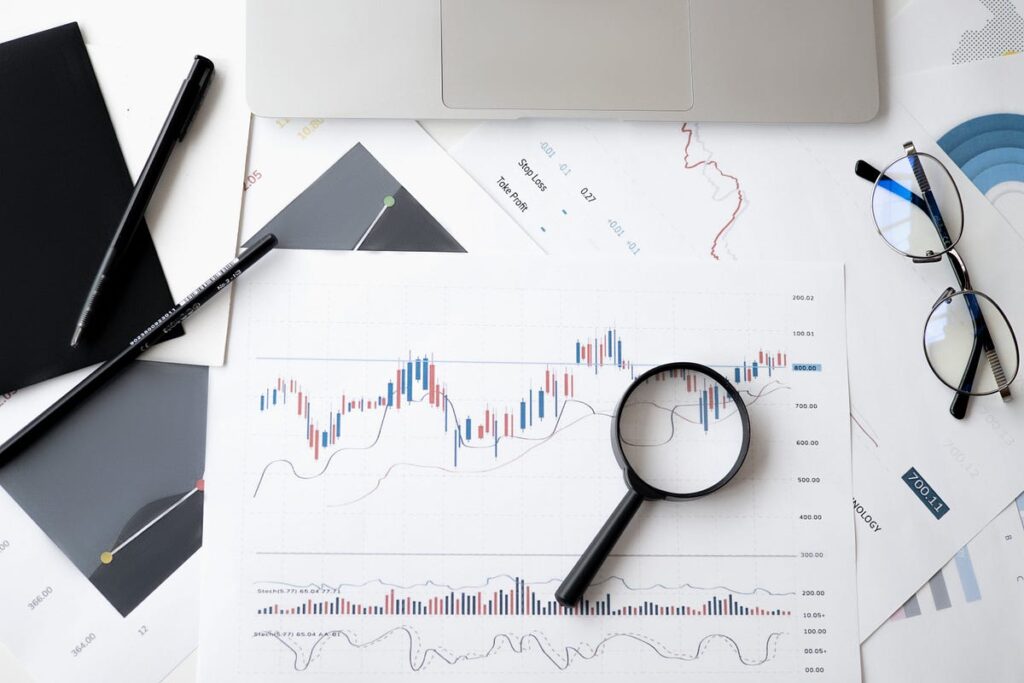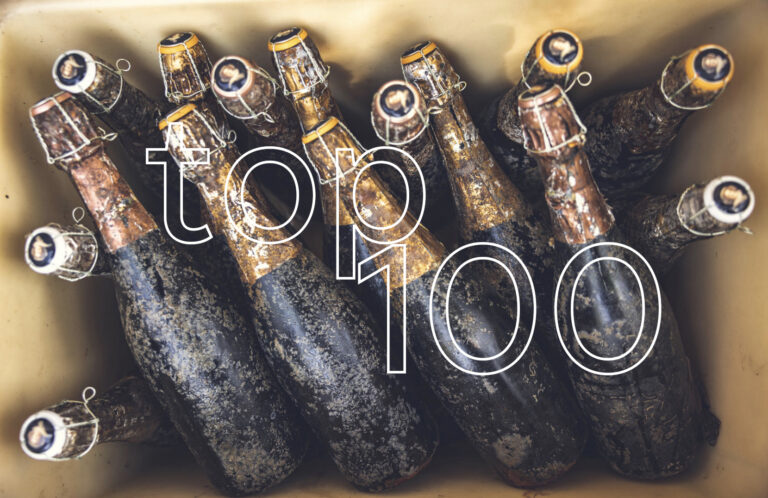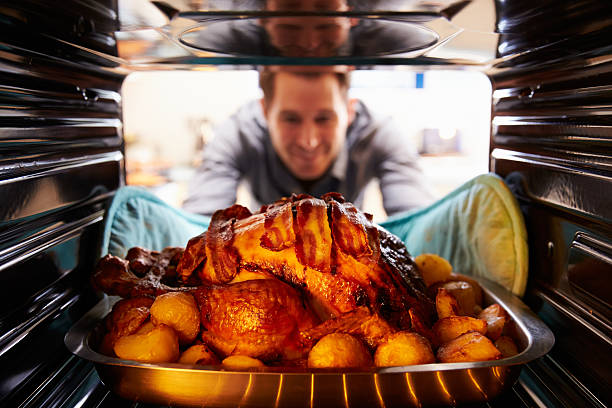Champagne, the world’s most celebrated sparkling wine, is more than just a symbol of celebration; it has increasingly become a coveted asset in the world of fine wine investment. [read the full champagne story]
Estimated reading time: 10 minutes

While Bordeaux and Burgundy have historically dominated the investment scene, Champagne has emerged as a resilient and often lucrative alternative, offering diversification and strong long-term growth potential. This comprehensive guide will delve into the nuances of investing in fine Champagne, from identifying investment-grade bottles to navigating the market.
Why Champagne? The Investment Case for Bubbles
Champagne’s appeal as an investment lies in several key factors that mirror, and in some cases even surpass, those of still fine wines:
- Global Brand Recognition and Luxury Appeal: Champagne’s association with luxury, exclusivity, and celebration is unparalleled. Iconic houses like Dom Pérignon, Krug, and Louis Roederer (Cristal) have cultivated powerful global brands that transcend cultural boundaries. This strong brand equity translates into consistent demand.
- Scarcity and Maturation Potential: While Champagne is produced in vast volumes, only a small fraction, primarily vintage Champagnes and prestigious cuvées, are suitable for long-term aging and investment. As these wines mature, their complexity and depth increase, while the available supply diminishes, driving up prices. Unlike many still wines, even non-vintage (NV) Champagnes from top houses can show remarkable aging potential, though vintage expressions are the primary focus for investors.
- Proven Track Record: The Liv-ex Champagne 50 index, which tracks the performance of the most actively traded Champagnes, has consistently outperformed other wine regions and even traditional assets like gold and the FTSE 100 in recent years. This demonstrates Champagne’s stability and growth trajectory.
- Diversification: Champagne offers a unique diversification opportunity within a fine wine portfolio. Its market dynamics can sometimes operate independently of other regions, providing a hedge against localized downturns.
- Strong Producer Lobbying: The major Champagne houses, often part of powerful luxury conglomerates like LVMH (which owns Krug, Dom Pérignon, Veuve Clicquot, and Ruinart), actively promote the region and its wines globally, further bolstering demand and brand value.
- Relatively Low Entry Point (Compared to some Bordeaux/Burgundy): While top Champagnes can be expensive, the entry barrier for building a diversified Champagne investment portfolio can sometimes be lower than for equivalent-grade wines from highly sought-after Burgundy or Bordeaux estates.

What Makes a Champagne “Investable”?
Not every bottle of bubbly is destined for the investment cellar. To identify investment-grade Champagne, look for these characteristics:
- Vintage Champagnes: These are wines made exclusively from grapes harvested in a single, exceptional year, declared by the Champagne house. They are designed for extended aging and typically reflect the unique character of that vintage.
- Prestige Cuvées (Tête de Cuvée): These are the flagship wines of a Champagne house, representing the pinnacle of their production. Examples include Dom Pérignon (Moët & Chandon), Cristal (Louis Roederer), Grande Cuvée (Krug), Comtes de Champagne (Taittinger), La Grande Année (Bollinger), and Sir Winston Churchill (Pol Roger). These are consistently among the most sought-after and perform well on the secondary market.
- Renowned Houses (Grandes Marques): Stick to the established, historically significant Champagne houses with a proven track record of quality and market demand. These “Grandes Marques” have global recognition and robust distribution networks. (See “Top Champagne Houses for Investment” below).
- Exceptional Vintages: While vintage Champagne is generally investable, some vintages are inherently superior due to optimal weather conditions during the growing season. Researching vintage charts and critical reviews is crucial.
- Critical Acclaim: High scores from influential wine critics (e.g., Robert Parker’s Wine Advocate, Vinous, Decanter, James Suckling, Richard Juhlin) significantly influence a wine’s desirability and price.
- Limited Production/Scarcity: Wines produced in smaller quantities, particularly single-vineyard (Clos) Champagnes or special releases, tend to command higher prices as they become scarcer over time.
- Magnums and Larger Formats: Larger format bottles (magnums, jeroboams, etc.) generally age better and are more collectible than standard 75cl bottles, often fetching a premium.
Top Champagne Houses for Investment
When building a Champagne investment portfolio, focus on the following houses, known for their quality, consistency, and market performance:
- Dom Pérignon (Moët & Chandon): The quintessential prestige cuvée, highly sought after for its vintage expressions. Dom Pérignon’s P2 (Plénitude Deuxième) and Rosé versions are also strong performers.
- Krug: Renowned for its rich, complex, and age-worthy Champagnes. The Grande Cuvée, Vintage Brut, and single-vineyard offerings like Clos du Mesnil and Clos d’Ambonnay are highly collectible.
- Louis Roederer (Cristal): Instantly recognizable and consistently excellent. Cristal is a benchmark for prestige cuvées.
- Bollinger: Known for its robust, full-bodied Champagnes, particularly La Grande Année and R.D. (Récemment Dégorgé).
- Pol Roger (Sir Winston Churchill): This prestige cuvée, named after its most famous devotee, is consistently excellent and highly regarded.
- Taittinger (Comtes de Champagne): The Blanc de Blancs (100% Chardonnay) Comtes de Champagne is a highly elegant and age-worthy wine.
- Salon: A unique and rare producer, only releasing a single Blanc de Blancs cuvée from a single Grand Cru vineyard in exceptional vintages. Salon is highly coveted for its purity and rarity.
Emerging Opportunities: Grower Champagnes
While the Grand Marques dominate the investment market, a growing number of “Grower Champagnes” are gaining significant traction among connoisseurs and investors. These are smaller, independent producers who grow their own grapes and make their own wine, often focusing on terroir expression and artisanal methods. Examples include:
- Jacques Selosse: A cult producer known for its oxidative style and highly sought-after wines.
- Egly-Ouriet: Often described as “Burgundy with bubbles” due to its focus on single-vineyard expressions and exceptional quality.
- Jérôme Prévost (La Closerie): Specializing in Pinot Meunier, his wines are known for their unique character and rarity.
- Agrapart & Fils: A highly regarded Blanc de Blancs specialist.
- Dhondt-Grellet: A dynamic producer emphasizing purity and terroir.
Investing in Grower Champagnes can offer higher potential returns due to their scarcity and growing cult following, but it also comes with increased risk and requires deeper market knowledge.

The Champagne Investment Process: A Step-by-Step Guide
1. Education and Research
- Master the Basics: Understand the Champagne region, its appellations (Grand Cru, Premier Cru), grape varieties (Chardonnay, Pinot Noir, Pinot Meunier), and winemaking styles (Brut, Extra Brut, Blanc de Blancs, Blanc de Noirs).
- Follow Critics: Pay close attention to reviews and scores from leading critics. Websites like Wine-Searcher, Liv-ex, and publications like Decanter and The Wine Advocate are invaluable resources.
- Monitor Market Trends: Understand current market sentiment, price movements, and demand for specific vintages and producers. Liv-ex provides excellent data and analysis.
2. Sourcing Your Champagne
- Reputable Wine Merchants: Work with established fine wine merchants who specialize in Champagne. They can offer advice, secure allocations, and guarantee provenance.
- Auction Houses: For older vintages or rarer bottles, leading auction houses like Sotheby’s and Christie’s are excellent sources. Always verify provenance carefully.
- Vininvesteringsfirmor: Companies like Cult Wines and Vin-X offer managed wine investment portfolios, including Champagne, handling acquisition, storage, and eventual sale. This can be a good option for those new to the market or lacking time.
- “En Primeur” (Wine Futures): While less common for Champagne than for Bordeaux, some prestige cuvées are offered “en primeur,” allowing you to purchase them before bottling and release. This can offer a lower initial price and guaranteed provenance.
3. Provenance and Condition: Non-Negotiables
- Proveniens (Provenance): This is paramount for investment wine. Always buy from sources that can provide a clear and verifiable history of the wine’s ownership and storage conditions since its release. Wines with excellent provenance command higher prices.
- Kondition (Condition): Carefully inspect bottles for:
- Fill Level: For Champagne, a high fill level (into the neck) is crucial, indicating proper sealing and minimal oxidation.
- Label Condition: Clean, intact labels add to the aesthetic appeal and market value.
- Capsule and Cork: Ensure they are in good condition with no signs of leakage.
- Original Packaging (OWC): Original wooden cases (OWC) are highly desirable for investment-grade wines, adding to their authenticity and protecting them during storage and transport.
4. Optimal Storage: Protecting Your Investment
Correct storage is absolutely vital for preserving and enhancing the value of your Champagne investment. Poor storage can ruin even the most prestigious bottles.
- Temperature: Maintain a consistent, cool temperature between 10-14°C (50-57°F). Fluctuations are more damaging than a slightly higher but stable temperature.
- Humidity: Aim for 70-75% humidity to prevent corks from drying out and allowing premature oxidation.
- Darkness: Protect bottles from all light, especially direct sunlight and fluorescent light, which can degrade the wine. Most Champagne bottles are dark glass for this reason.
- Vibration: Avoid areas with vibrations, which can disturb the wine’s delicate structure and sediment.
- Horizontal Storage: Store bottles on their sides to keep the cork moist and maintain a tight seal.
Professional Bonded Warehouses: For serious investors, storing Champagne in a professional, climate-controlled, bonded warehouse is highly recommended. These facilities offer:
- Ideal Conditions: Meticulously controlled temperature, humidity, and light.
- Security and Insurance: Protection against theft and damage.
- Provenance Maintenance: A verifiable record of perfect storage, crucial for future resale.
- Tax Benefits (In Bond): Wines stored “in bond” are exempt from VAT and excise duty until they are removed for consumption, which is beneficial for trading.
5. Monitoring and Valuation
- Track Your Portfolio: Keep meticulous records of your purchases, including price, date, and provenance.
- Utilize Market Data: Regularly check prices on platforms like Liv-ex and Wine-Searcher to understand the current market value of your holdings.
- Stay Informed: Follow industry news, vintage reports, and critical reviews to anticipate market shifts and optimal selling points.
6. When and How to Sell
- Optimal Drinking Window: While some wines are sold before their peak for speculative reasons, Champagne generally performs best when sold as it approaches or enters its optimal drinking window, as demand from consumers increases.
- Market Conditions: Sell when market demand is strong and prices are favorable. Avoid selling during downturns if possible.
- Selling Channels:
- Auction Houses: Offer the broadest reach and can achieve good prices, but involve commissions.
- Specialized Wine Merchants: Many merchants will buy back wines or offer brokerage services.
- Vininvesteringsfirmor: If you used such a firm for purchase, they will typically assist with the sale.
- Online Marketplaces: Can offer direct access to buyers but require more effort from the seller.
Risks and Considerations
- Market Volatility: While Champagne has shown strong performance, no investment is without risk. Economic downturns or changes in consumer preferences can impact prices.
- Counterfeits: The fine wine market, including Champagne, is susceptible to counterfeits. Always buy from trusted sources with clear provenance.
- Physical Damage: Bottles can be damaged during handling or storage. Proper insurance is crucial.
- Illiquidity: Fine wine, including Champagne, is a relatively illiquid asset compared to stocks or bonds. Selling quickly at a desired price can be challenging.
- Storage Costs: Professional storage incurs ongoing fees, which must be factored into your investment calculations.
- Taxation: Be aware of capital gains taxes and any other applicable taxes in your jurisdiction when you sell your wines.
Conclusion
Investing in fine Champagne offers a compelling blend of luxury, passion, and financial potential. Its consistent performance, global appeal, and increasing scarcity make it an attractive asset for diversifying an investment portfolio. By focusing on renowned vintage Champagnes and prestige cuvées from top houses, ensuring impeccable provenance and optimal storage, and staying informed about market trends, you can uncork a rewarding and bubbly investment journey. Remember that like any sophisticated investment, thorough research and potentially professional guidance are key to success. Skål!






